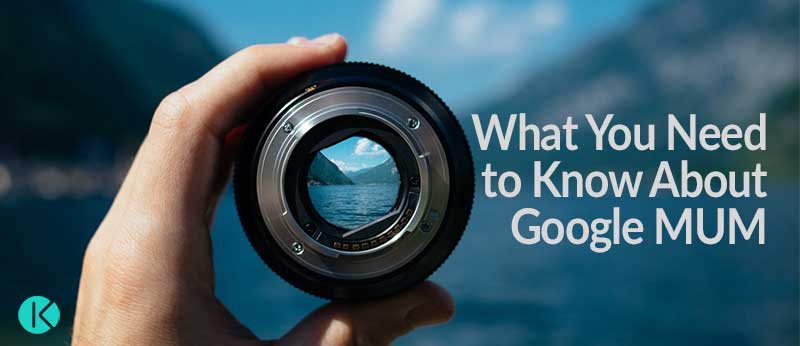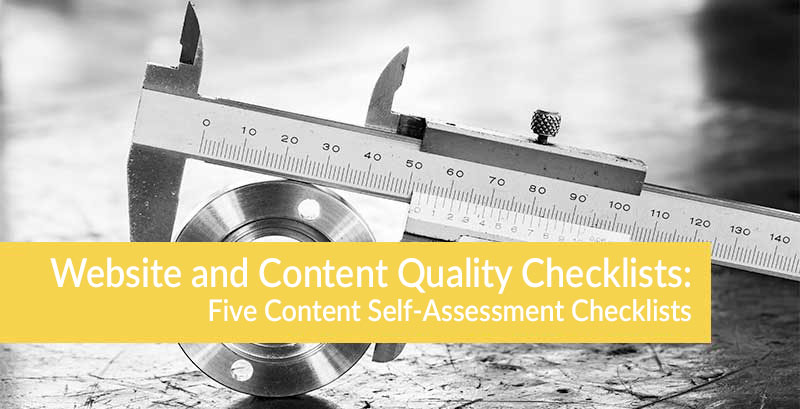Search intent and a focus on readers is what Google MUM wants
Google Search has made updates to the Google MUM algorithm. These updates place a heightened priority on search intent, focusing on reader needs, content quality and formats, and SEO.
In this blog we give you an overview of what Google MUM is and then dive into what’s new with Google MUM and how it impacts you and your readers.
These quotes from the Google MUM announcement, underscore what the company is trying to do for people who search:
“We are bringing the latest in AI to Google’s products, giving people new ways to search and explore information in more natural and intuitive ways.
In the coming months, we’ll introduce a new way to search visually, with the ability to ask questions about what you see.
By combining images and text into a single query, we’re making it easier to search visually and express your questions in more natural ways.”
At its core, Google MUM is about making it easier for you to receive the information you want. AI means Google Search is trying to help you by suggesting related information and asking the deeper and related questions for you.
And this is exactly why you need to give your readers content that addresses their search intent. Think beyond the basic question and provide the supporting and complementary content that provides the full picture.
What is Google MUM?
Google MUM is new search technology for answering complex search queries. With Multitask Unified Model (MUM), Google hopes to give you an improved and simplified search experience.
Google says on average people use 8 queries to answer complex questions and tasks. The goal with MUM is to simplify this search experience – giving people a deeper and more comprehensive answer to their queries.
Here is how Google explains how MUM can help:
Today’s search engines aren’t quite sophisticated enough to answer the way an expert would. But with a new technology called Multitask Unified Model, or MUM, we’re getting closer to helping you with these types of complex needs. So, in the future, you’ll need fewer searches to get things done.
Google Lens and Google MUM
Google is bringing MUM to Google Lens. This means you can search with images – not just text.
Google Lens is an app that lets you search what you see, get things done faster, and understand the world around you – using just your camera or a photo.
In its September 2021 Google MUM announcement, the company emphasizes how this AI algorithm brings enhanced functionality to Google Lens. About the connection between Google MUM and Google Lens, the search company says:
“With this new capability, you can tap on the Lens icon when you’re looking at a picture of a shirt and ask Google to find the same pattern – but on another article of clothing, like socks.
This helps when you’re looking for something that might be difficult to describe accurately with words alone.
By combining images and text into a single query, we’re making it easier to search visually and express your questions in more natural ways.”
This functionality is important for anyone who runs an ecommerce site. In fact, Google highlights Google Lens in its September 2021, ecommerce best practices guide:
“If you want your products to be found in Google Lens search results, make sure your product details are uploaded to Google Merchant Center, opt in to free product listings, and follow the Google image best practices.”
And finally, this Tweet from Google sums up how Google Lens and Google MUM can make things easier for anyone who has a problem or question that is hard to put into words:
“MUM, our advanced AI model, is coming to #GoogleLens early next year. You’ll be able to snap a photo AND ask a question, which can be helpful in those moments you need to fix a broken part and have no idea what it is.”
How Does Google MUM Impact Search?
Google MUM means a redesign of the search engine results page (SERP) and reiterates Google’s focus on search intent, content quality, and user experience.
By giving users answers to their questions that include text and images – from content written in 75 different languages, Google Search is doing more than answering questions.
With Google MUM, searching goes beyond typing in a series of sequential questions. Now searching is like having a conversation with a subject matter expert who willingly tells you everything they know about a topic.
You no longer have to guess at the next logical question or what else you need to know. Google will do this thinking for you and give you the information in both text and images.
Google MUM means searching will look and feel different:
- The 10 blue link search results page will no longer be the standard SERP.
- Things to Know: Google will show you the related topics and things you need to know about your search topic. You will not need to ask follow up questions – Google will do this for you. Google says this feature will:
“Identify topics related to your topic and help you find the right path to take. In the future, MUM will unlock deeper insights you might not have known to search for and connect you with content on the web that you wouldn’t have otherwise found.” - Zoom In and Out: think of this as the in real life experience of browsing the library shelves. You are looking for books about bees and stumble on books about gardening for bees, managing beehives, wild pollinator gardening, and building a bee hotel. Launching in the next few months, this is what the new zoom in and out feature will do for you:
“To help you further explore ideas, we’re making it easy to zoom in and out of a topic with new features to refine and broaden searches. You can broaden your search to see other related topics.” - Visual Inspiration: this feature is available now for searches where the search intent is to find ideas or inspiration. Google says:
“We’re making it easier to find visual inspiration with a newly designed, browsable results page with articles, images, videos, and more that you can easily scroll through.
This new visual results page is designed for searches that are looking for inspiration like “Halloween decorating ideas” or “indoor vertical garden ideas”, and you can try it today.”
We tried it out! We typed “closet organization ideas” (we like to live it up here at Know Agency). These three words generated a comprehensive SERP that included:- Images of closet organization ideas
- Ads for companies that sell closet organization
- A featured snippet about closet organization ideas
- People Also Ask section about closet organization ideas
- Articles about closet organization ideas
- A Google map showing nearby closet organization companies
- Videos about closet organization, including the key moments in the video
- More articles about closet organization ideas
- Related searches to closet organization ideas
Everything I could ever want to know about closet organization ideas is displayed on one page. This example showcases why you need to write quality content focused on search intent – give people what they want to know.
- Related Topics in Videos: because MUM can search videos, you will have access to information you otherwise would have missed out on. Google MUM searches videos for you and gives you related information to your search topic. Google says:
“Using MUM, we can even show related topics that aren’t explicitly mentioned in the video, based on our advanced understanding of information in the video. Our systems understand that topics contained in the video relate to this topic.”
About MUM and search, Google sums up its goals with this statement:
“Across all these MUM experiences, we look forward to helping people discover more web pages, videos, images and ideas that they may not have come across or otherwise searched for.”
How to Optimize for Google MUM
To optimize for Google MUM, focus on these 6 areas:
- Search intent. Create content that meets the queries people want Google to answer. Audit your content and look for information gaps and where you can strengthen your content to become a comprehensive information source.
- Keywords naturally. The context of your keywords and how you use them really matters. Google Search is intelligent and can easily spot keyword-stuffed content or content that does not deliver quality information. Create content that delivers on relevancy, substance, and expertise.
- User experience. Google has repeatedly stressed the importance of a positive user experience. If you haven’t yet, you need to audit your site and content for Google’s Page Experience and Core Web Vitals metrics. Use our Google Page Experience Update checklist to make sure you’re giving Google and your readers a positive experience.
- Topic clusters and hubs. With Google MUM, you need to establish your website as the subject matter expert and authority. Topic clusters and hubs allow you to create central resources for your specialized content areas. A content hub like our SEO Guide is a one-stop comprehensive information resource for Google and readers.
- Mobile matters. You need to know how your readers are searching and consuming content. More and more people use their mobile devices to ask questions and learn. Your content must be easy to access and understand across all devices. Additionally, think about the best ways to provide content for your target readers. Do they prefer videos and images over blog posts and how can these be optimized for mobile?
- Technical SEO. It must be easy for Google to find, crawl, index, understand, and rank your website. This is what effective technical SEO does for you. Make sure key technical SEO factors including accessibility, crawlability, an XML sitemap, site speed, site security, and mobile friendliness are a priority. Use our 8-step checklist to optimize your technical SEO, ensuring your site can be found, crawled, indexed, and ranked.
Remember the closet organization ideas example:
- If you’re an ecommerce site, do you have clear and optimized images that also work for Google Lens?
- Are your articles and blogs clearly written, giving users detailed information about their search intent?
- Are you answering questions and optimizing for featured snippet opportunities?
- Is your business information updated with your address, phone number, business hours, business category, and email addresses?
- Are your videos high quality and easy to watch?
In the next few months, the full scope of Google MUM will be made available across all searches. Take this time to review and update your content, ensuring it meets search intent, provides a quality user experience, and is using the most applicable keywords.
Do not stress about this. We are here for you. Ask us for help.
Contact us or call us to talk about Google MUM, search intent, technical SEO, and how we reorganized our closets.



